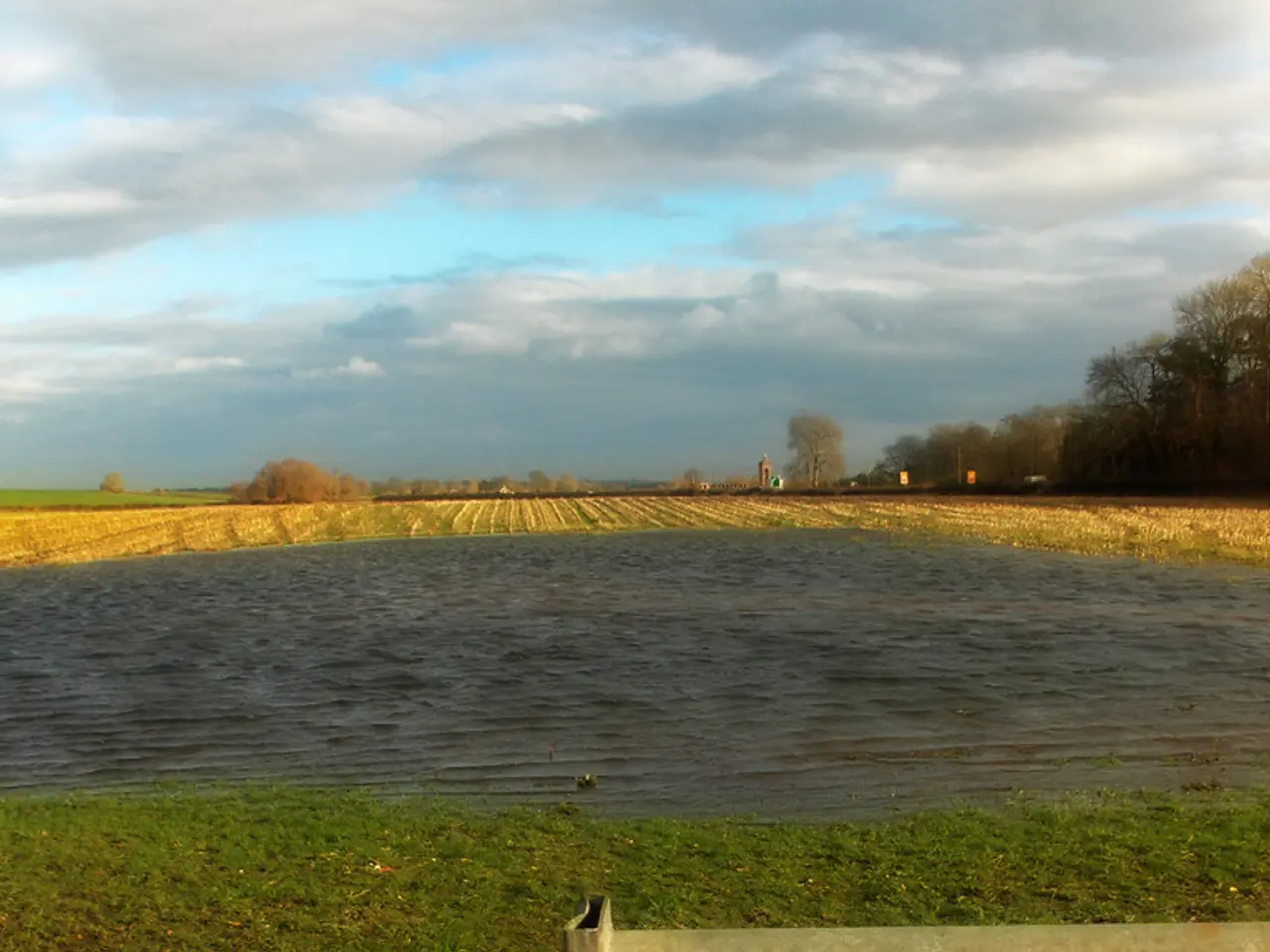Poor Suitability of Woods for Grazing Land
In the heart of America, Ohio's woodlands play a vital role in the state's economy and ecology. However, a significant threat to these valuable forests lies in the practice of livestock grazing.
Historically, livestock grazing has been the major cause of erosion in Ohio's woodlands. This erosion not only affects the health of the forests but also impacts the quality of waterways and wildlife habitats. The root systems of larger trees are damaged, and young hardwoods are destroyed, reducing the overall biodiversity of the woods.
The compacted soil in grazed forests slows tree growth, making them less efficient at filtering water. At this rate, an inch of valuable topsoil is removed every 20 years from grazed Ohio woodlands. This soil loss is particularly high on steep, wooded slopes, where it can reach as much as 44 tons per acre annually.
Moreover, the practice of livestock grazing leads to increased woodland soil erosion by clearing vegetation, compacting the soil, and preventing rainwater absorption. This, in turn, leads to a change in the species composition of the woods, favouring less desirable trees.
The Ohio Department of Natural Resources (ODNR) recognises the importance of protecting Ohio's woodlands and works to implement protective measures in eroded forest areas affected by livestock farming. The simple solution to the woodland erosion problem is to fence livestock out of the woods.
The degradation of Ohio's woodlands due to livestock grazing poses a threat to the state's hardwood timber industry. Prolonged grazing results in log rotting and staining, reducing the value of timber in grazed woodlands. Other forest products such as firewood, mushrooms, and ginseng are also eliminated or reduced in grazed woodlands.
The destruction of streamside forests, a critical habitat for many aquatic species, due to livestock grazing, leads to increased runoff and downstream flooding problems. These forests help filter non-point source pollution and stabilise stream banks, minimising in-stream sedimentation. They also lower stream temperatures, a critical factor for many aquatic species.
The loss of wildlife cover and food supply, and the diminished quantity of wildlife in grazed woodlands, further underscores the need to protect these valuable ecosystems. The Ohio Department of Natural Resources encourages landowners to consider the long-term benefits of preserving their woodlands for future generations.
This fact sheet was originally published in July, 2007, by William Cowen, Extension Forester Emeritus, who has made significant contributions to this publication. It serves as a reminder of the importance of preserving Ohio's woodlands for the benefit of all.
Read also:
- Peptide YY (PYY): Exploring its Role in Appetite Suppression, Intestinal Health, and Cognitive Links
- Toddler Health: Rotavirus Signs, Origins, and Potential Complications
- Digestive issues and heart discomfort: Root causes and associated health conditions
- House Infernos: Deadly Hazards Surpassing the Flames








